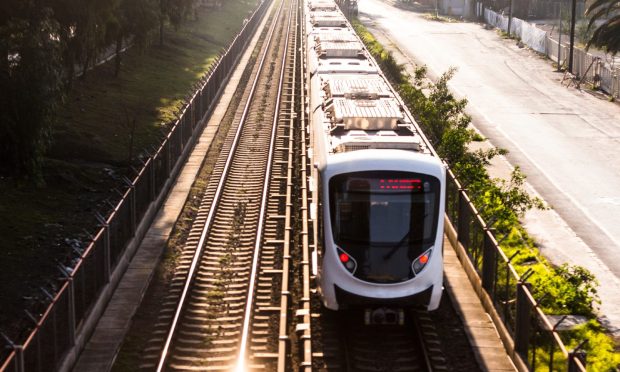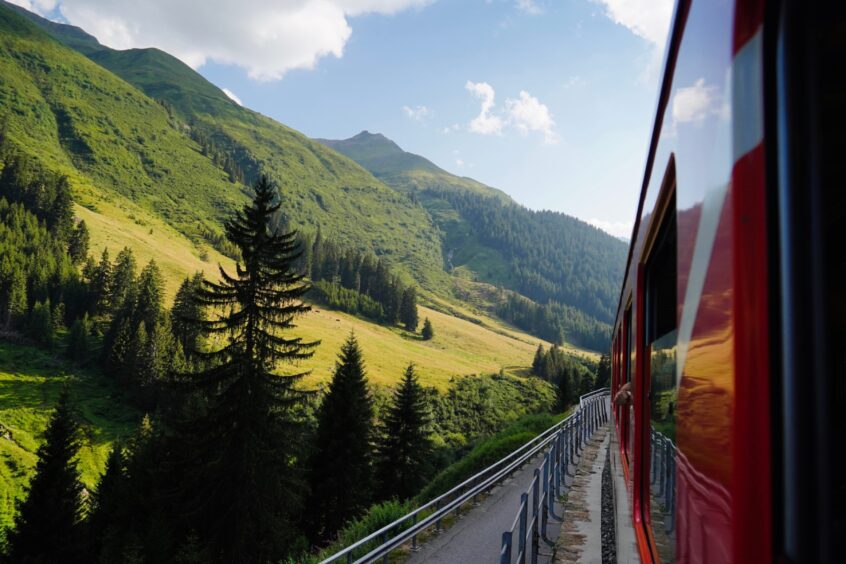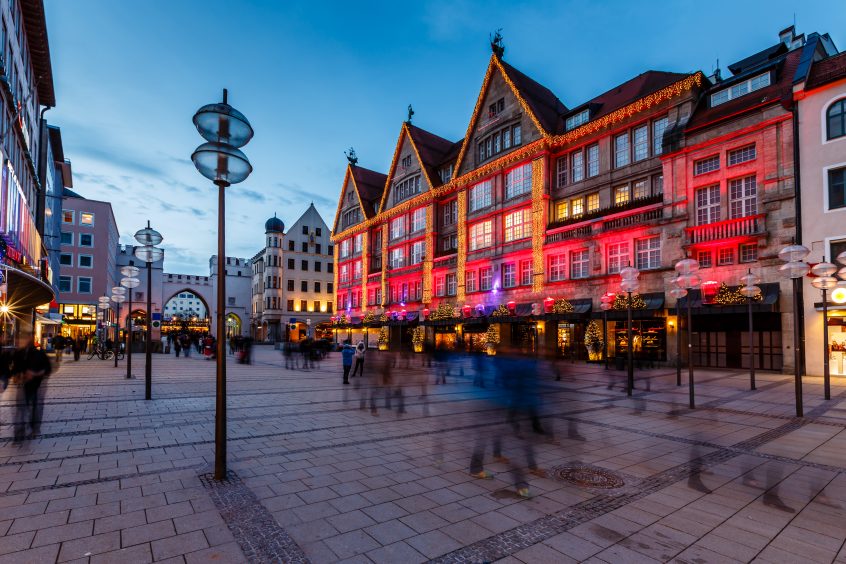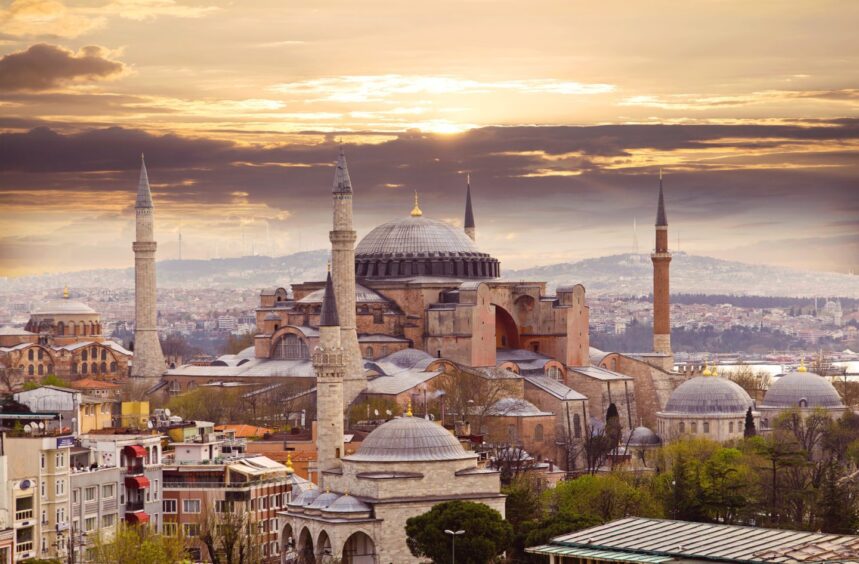
The Interrail Pass was introduced in 1972, at a time when Europe was still recovering and, in many cases, rebuilding from the devastation of the Second World War.
This was particularly the case in the east which was, at that time still behind the Iron Curtain and in the sphere of influence of the USSR. When introduced, it was valid for one month of unlimited travel for those under 26, and for 21 countries, excluding the one of purchase, but with 50% off internal travel and ferries to the continent – no Eurotunnel then.
The pass covered as far north as Norway, south to Morocco and east to Turkey and included a number of countries which were then in the Eastern Bloc such as Poland, Yugoslavia, Romania Czechoslovakia, Hungary and Bulgaria. Most of the travellers were either students or had just finished their studies, and it really was the forerunner of the ‘Gap Year’ tradition of today.
As mass tourism had yet to take off, for British travellers the ability to see and experience different cultures and enjoy ‘strange’ foods – even seeing traffic on the other side of the road – was a major draw. Given the travel restrictions of previous decades, this was an opportunity to see places which had only been heard of, but never seen.
The joy of interrailing
Therefore, most interrailers tried to visit as many countries as possible, staying only a day or so in each and only getting the briefest taste of what each had to offer. As the further east and south you went, the more difficult travel and getting accommodation became, so only a few hardy souls made it as far as Istanbul, Bucharest and Warsaw.
For example, travelling from Germany to the former Czechoslovakia meant waiting at the border, sometimes for several hours. Border security staff would examine, in detail, your belongings, take off the train compartment panelling to ensure no one was smuggling anything – usually hard currency as drug trafficking wasn’t as common back then – before passing you on to other staff. In order for your visa to be valid, you had no option but to convert some of your pounds, Francs, Deutschmarks or whatever into the local koruna currency and be given a certificate. On the way out of the country you had to prove you had either spent that money or hand over (for no refund) any unspent cash.
Nowadays, thanks to the Schengen Agreement, trains pass through without stopping.
For some, travelling to the furthest-flung destinations and staying for a week or so worked out cheaper than buying tickets direct, but in most cases people were constantly on the move, although it was almost impossible to get accommodation in Munich during the Oktoberfest beer festival.
Armed with a copy of the Thomas Cook Continental Timetable and Europe By Train, billed as the Interrailers Bible, most people managed fine and took unexpected diversions and delays – seen as part of the adventure – in their stride.
With mobile phones and the internet yet to be invented, arranging accommodation, meals and for things to do required a lot of planning, and Europe By Train really was the bible which got people through. Listing information such as hostel and cheap hotel addresses and phone numbers, tourist offices (if you were lucky they spoke some English) and details of the main sightseeing attractions, it was an essential companion, until killed off by the internet in the 90s. A new version, by a different author, is now available from Amazon.
As this generation aged, and cheap flights to many of the destinations came along, interrailing took somewhat of a back seat, however there has been a resurgence in recent years.
Those who were in their 20s in the 1970s and 1980s are now in their 60s and 70s. They are either retired or semi-retired and in most cases ‘empty nesters’ so now have the time and the financial freedom to return to some of the places they previously passed through, and to stay for longer and see more visitor attractions.
While most hostels they used in the past are no longer available to them, this group are more likely to stay at the kind of hotel which is at the front of the station, rather than the cheap hotels or hostels they were forced to use originally.
The Interrail Pass system has also changed in response to this. Passes are now available in first and second class and for children under-12 (free), youths under-28, adults from 28 to 59, and seniors over 60. You can buy them with flexible use for four, five or seven days in one month, or 10 and 15 days in two months. Continuous use passes for 15 days, 22 days, one month, two months and three months are also available.
For an adult, prices start at £226 for a four days in one month pass going up to £830 for three months of continuous travel in second class and £1,053 in first class.
In recent years Estonia and Latvia have joined, and the number of countries has increased to 33 following the break-up of Czechoslovakia into the Czech Republic and Slovakia and the former Yugoslav countries into Slovenia, Croatia and Bosnia with Morocco being the only country to have come out of the scheme. In this part of the world Albania has never been a member, and there are no international rail links to the country, with only one internal line operating at weekends only.
Travel in the online era
The growth of the internet, with full international timetables available online, along with all the information you could ever need regarding accommodation and sightseeing has revolutionised the planning and travelling on trains across Europe. Replacing Europe by Train is the superb website seat61.com (so-called because it is generally the best seat in a carriage) which has the most incredible detail and guidance. Run by Mark Smith, it is now, without doubt, the go-to place on the internet for all the information a traveller needs but is a personal project by him and he is neither a company nor a travel agent.
His encyclopaedic knowledge of rail travel across the world, but particularly in Europe, is impressive and all the information he provides is free of charge, although users are encouraged to make a charity donation to UNICEF.
Another useful resource is a Facebook group called ‘Interrailing for the older crowd’ where people are happy to swap experiences, recommend hotels or give their advice to people planning a trip. A recent thread was all about viewing opera and which cities to visit, hotels to stay in and dates of performances, and there are many more covering all aspects of planning and using the pass.
While today’s graduates are more likely to head for Thailand, Australia or other destinations on a gap year, their parents and grandparents are just as likely to be spending their kids inheritance on gadding about Europe, living it up in classy hotels and enjoying cultural experiences.
Iain Fleming was chief researcher of Europe by Train by Katie Wood and George McDonald, between 1983 and 1988.
Factfile
Tickets and information via seat61.com, raileurope.com, europeanrailtimetable.eu, int.bahn.de
P.S. The Interrail website www.interrail.eu/en offers a number of prospective itineraries across Europe.
They range from one week to two months and the site offers advice on the best pass for your journey.
From West To East follows the classic Orient Express route while The Sunny South takes in the best of Italy, France and Spain

Enjoy the convenience of having The Sunday Post delivered as a digital ePaper straight to your smartphone, tablet or computer.
Subscribe for only £5.49 a month and enjoy all the benefits of the printed paper as a digital replica.
Subscribe © Shutterstock / Mark Wilhardt-Kru
© Shutterstock / Mark Wilhardt-Kru © Shutterstock / ansharphoto
© Shutterstock / ansharphoto © Shutterstock / LALS STOCK
© Shutterstock / LALS STOCK